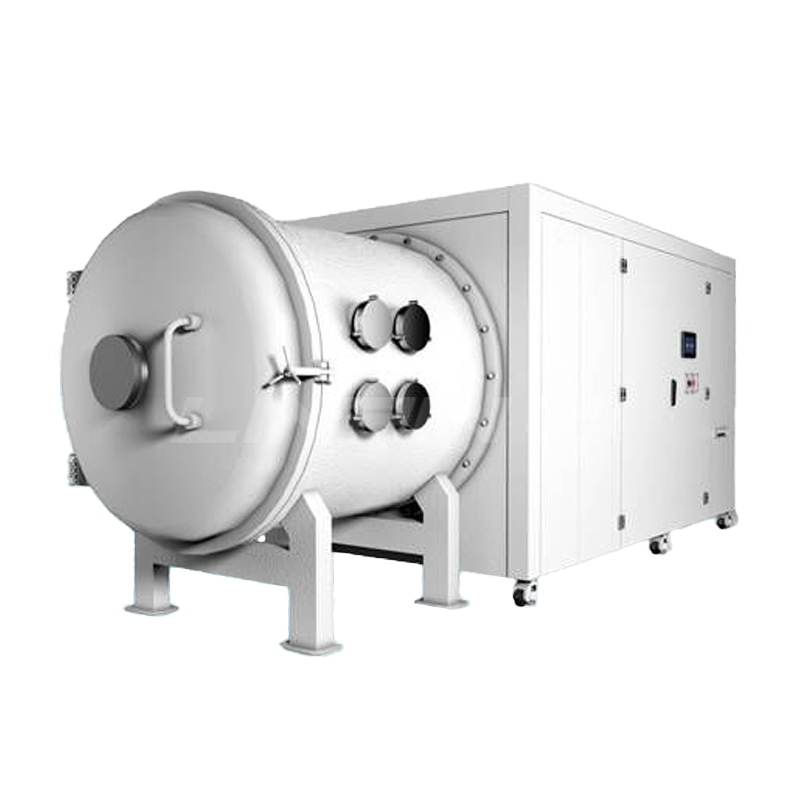A thermal vacuum chamber is an outstanding product testing tool that combines two critical factors—heat and vacuum—to simulate performance testing under extreme environmental conditions. Below is an interpretation of why thermal vacuum chambers excel as product testing tools:
1. Simulating Extreme Environmental Conditions
Thermal vacuum chambers can replicate high-temperature and vacuum environments, allowing products to undergo testing in laboratory settings that mimic extreme conditions. This is particularly crucial for products used in aerospace, automotive, electronics, and other industries. By testing under high temperatures and vacuum, manufacturers can evaluate product performance and reliability in harsh environments.
2. Providing Precise Control and Monitoring
Equipped with advanced temperature and vacuum control systems, thermal vacuum chambers can accurately set and maintain desired conditions. Additionally, they feature data monitoring and recording capabilities, enabling the collection and analysis of key parameters during testing. This precise control and monitoring ensure accurate and reliable test results, supporting product design improvements and quality control.

3. Assessing Product Durability and Reliability
Thermal vacuum chambers simulate the conditions products may face in space, high-altitude regions, polar environments, and other extreme settings. Through thermal vacuum testing, manufacturers can evaluate a product’s resistance to temperature fluctuations, vacuum exposure, and pressure differentials. This helps identify potential failure points, refine product designs, and ensure reliable operation under diverse conditions.
4. Saving Time and Costs
Using thermal vacuum chambers enables rapid and convenient laboratory testing, eliminating the need for costly and time-consuming real-world trials. This approach significantly reduces time and expenses while ensuring a more controlled and repeatable testing process. Early-stage thermal vacuum testing also allows for the detection and resolution of potential issues before they escalate into costly failures during production or use.
5. Enhancing Product Quality and Credibility
Thermal vacuum chambers help manufacturers improve product quality and credibility. By subjecting products to thermal vacuum testing, companies can verify performance and stability under adverse conditions. This proactive approach identifies and resolves weaknesses early, ensuring products deliver superior performance and reliability in the market, thereby boosting customer trust and satisfaction.
Conclusion
As an exceptional product testing tool, thermal vacuum chambers simulate extreme environments, provide precise control and monitoring, assess durability and reliability, save time and costs, and enhance product quality and credibility. By leveraging thermal vacuum chambers, businesses can gain deeper insights into their products' performance under extreme conditions and continuously optimize design and quality control processes.













